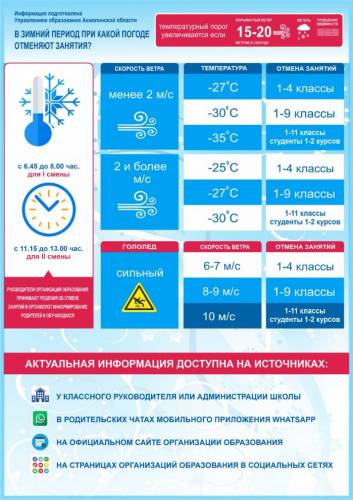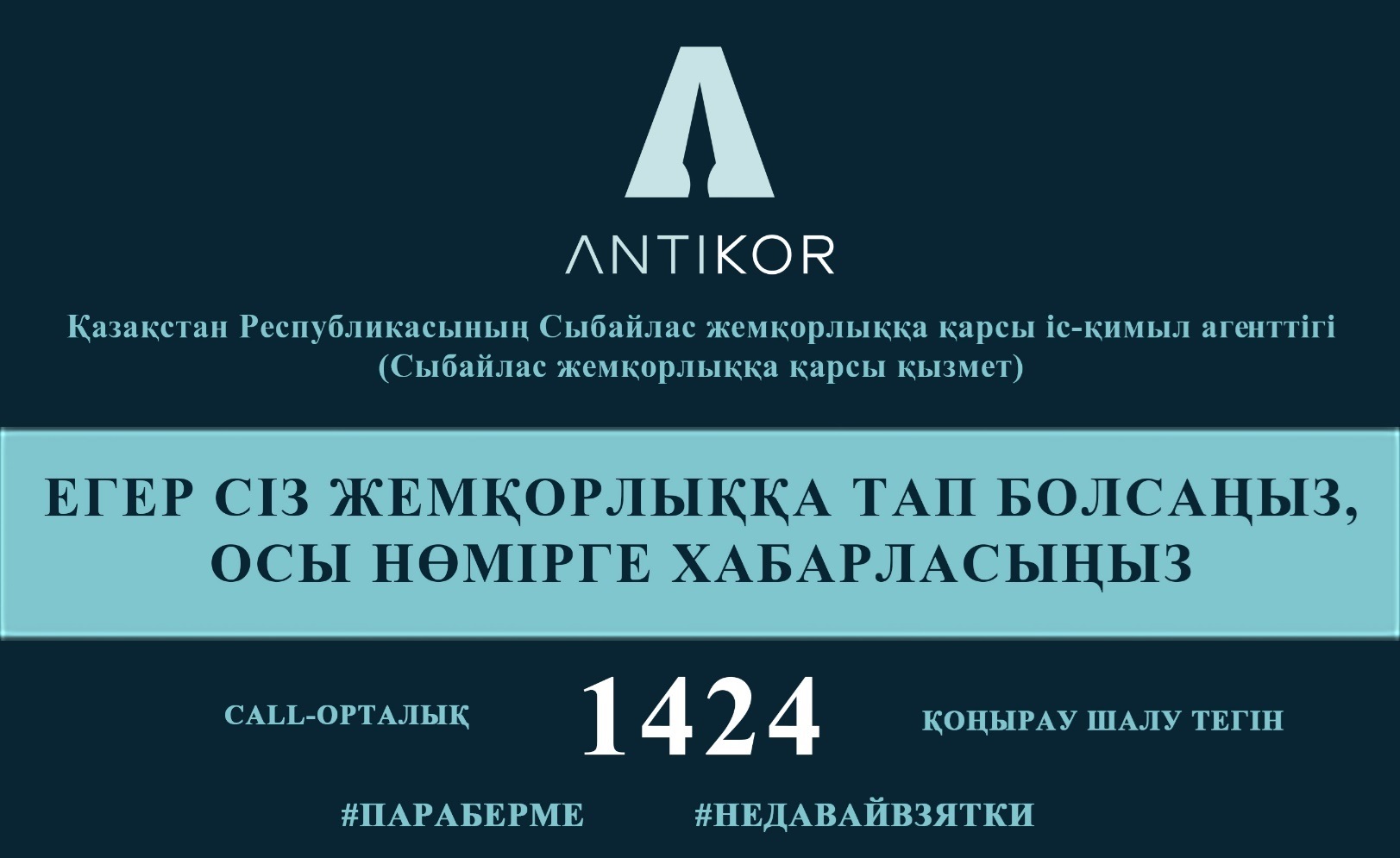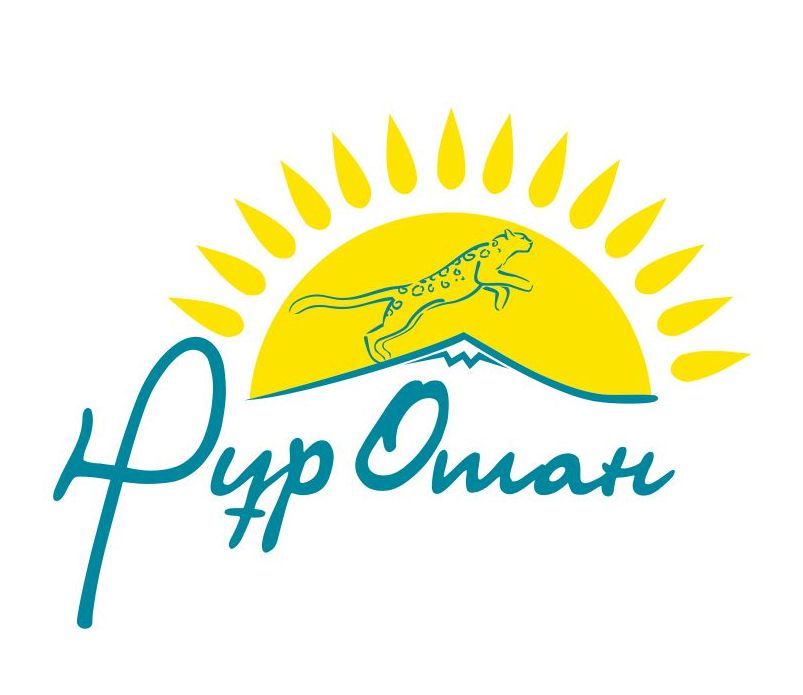«Ақмола облысы білім басқармасының Жақсы ауданы бойынша білім бөлімі Қима ауылының Қабдеш Шардағұлұлы Өскенбаев атындағы жалпы орта білім беретін мектебі» коммуналдық мемлекеттік мекемесі
|
Unit 1. Living things Theme: Animals |
School: K.Uskenbayev secondary school | ||||||
|
Date: |
Teacher’s name: Ashirkhanova Shynar | ||||||
|
Grade |
Number present: 10 |
absent: | |||||
|
Learning objectives(s) that this lesson is contributing to |
5.S4 respond with limited flexibility at sentence level to unexpected comments on an increasing range of general and curricular topics 5.S7 use appropriate subject-specific vocabulary and syntax to talk about a limited range of general topics 5.R2 understand with little support specific information and detail in short, simple texts on a limited range of general and curricular topics 5.R4 read with some support a limited range of short fiction and non-fiction texts 5.R6 recognise the attitude or opinion of the writer in short texts on a limited range of general and curricular topics 5.W3 write with support factual deions at text level which describe people, places and objects 5.UE9 use simple present and simple past regular and irregular forms to describe routines, habits and states on a limited range of familiar general and curricular topics 5.C4 evaluate and respond constructively to feedback from others | ||||||
|
Lesson objectives |
-to learn 8-9 words related to animals -to develop speech and pronunciation by speaking, reading, listening -to talk about animals | ||||||
|
Language objectives |
- To apply at least 8-9 new words related to animals | ||||||
|
Values links |
respect , cooperation | ||||||
|
Cross-CurricularLink |
Biology | ||||||
|
Use of ICT |
Smart board | ||||||
|
Intercultura lawareness |
Accept diversity of other cultures | ||||||
|
PastoralCare |
To assure I met all learners’ needs | ||||||
|
Health and Safety |
To make sure power cords are not a tripping hazard Everyday classroom precautions | ||||||
|
Planned timings |
Planned activities |
Resources | |||||
|
0-3 min
3-6 min
6-10 min
10-15 min
15-17min
17-22 min
22-28 min
28-30 min
30-38 min
38-40 min |
Organization moment: Teacher: Good morning, children! -Who`s on duty today? -What date is it today? -What day of the week today? -What`s the weather like today? -Who`s absent today? Pupils divided into two groups
Warm-up. The teacher plays the video. -Today we are going to talk one of the types of living things. After watching: Please, tell me, what living things named in this video? (Animals) Yes, we are going to talk about animals. Our lesson objectives: -to learn 8-9 words related to animals -to develop speech and pronunciation by speaking, reading, listening -to talk about animals
Pre-learning. Teacher: Let`s watch the video about animals “What do you see?”. After watching: What names of animals you have remembered from this video?
Working with workbook. Ex. 3 p.7. Write the animals in the box next to the correct definitions.
1. This green animal comes out at night 2. This fish can attack people 3. This farm animal gives milk 4. This wild animal lives in Africa 5. This pet sleeps a lot 6. This animal lives in very cold places 7. You can ride this animal 8. This animal is man`s best friend
Grammar. Present Simple.
Working with workbook. Ex. 2 p.8. Complete the text with the correct form of the verbs in brackets Georgie is three. She (be) a giraffe. She (live) in a zoo with her family. She (like) playing with her brother. They (be) both very fast when (run). Giraffes (eat) a lot every day – they (love) leaves. They (have) very long necks to reach the trees. They (not drink) every day because there is water in the leaves they eat. They (not sleep) a lot. Georgie only (sleep) for four hours a day.
Fishing game. Collect puzzles and tell. In the back side of fishes puzzles with animals. Children`s task is to collect puzzles and to tell about these animals Assessment criteria. To describe animals`: Appearance Food Habitat
Physical minute. “Let`s go to the zoo”
Listening. -We`ve talked about some of popular animals. But there are have some rare animals. One of them - Jaguarundi which belongs to cats family. The teacher plays the video for listening: “Jaguarundi” (“The rarest cats in the world ”) Task for listening. Are these sentences true or false? 1. Jaguarundi is usual member on the cat family 2. Jaguarundi`s body is not flexible 3. Their legs are short 4. Their head and ears are small 5. Jaguarundi`s sizes are large 6. Their tail length can reach up to 60 centimeters 7. Their inhabit the South and Central America 8. Some types of Jaguarundi live in the mountains 9. Jaguarundi can`t swim and climb trees 10. The love to eat bananas and grapes
Reflection -What did you like in this lesson? -What didn`t you like in this lesson? |
Video
Video
Workbook
Workbook
Paper fishes with puzzles, handmade fishing rods
Video
Video from youtube
Smiles, stickers | |||||
|
End 1min |
Feedback: Teacher asks students what task was difficult to them and which pair worked well. |
| |||||
|
Additional information | |||||||
|
Differentiation – how do you plan to give more support? How do you plan to challenge the more able learners? |
Assessment – how are you planning to check learners’ learning? |
Cross-curricular links Cuulture science Critical thinking Valueslinks | |||||
|
More support: · Group work More able learners: · To make sentences; · To correct False sentences during the comprehension task |
Monitor the activities and taking notes about individual need of the learners; Self-assessment |
Learners work in groups, apply skills and knowledge to a practical and cooperative task, and produce their own sentences. | |||||
|
Summary evaluation What two things went really well (consider both teaching and learning)? 1: 2: What two things would have improved the lesson (consider both teaching and learning)? 1: 2: What have I learned from this lesson about the class or individuals that will inform my next lesson? | |||||||








 Мектепке дейінгі балалар ұйымына жолдама қалай алуға болады
Мектепке дейінгі балалар ұйымына жолдама қалай алуға болады
 Мектепке тіркеу үшін құжаттарды қабылдау
Мектепке тіркеу үшін құжаттарды қабылдау

 Дұрыс тамақтану
Дұрыс тамақтану














